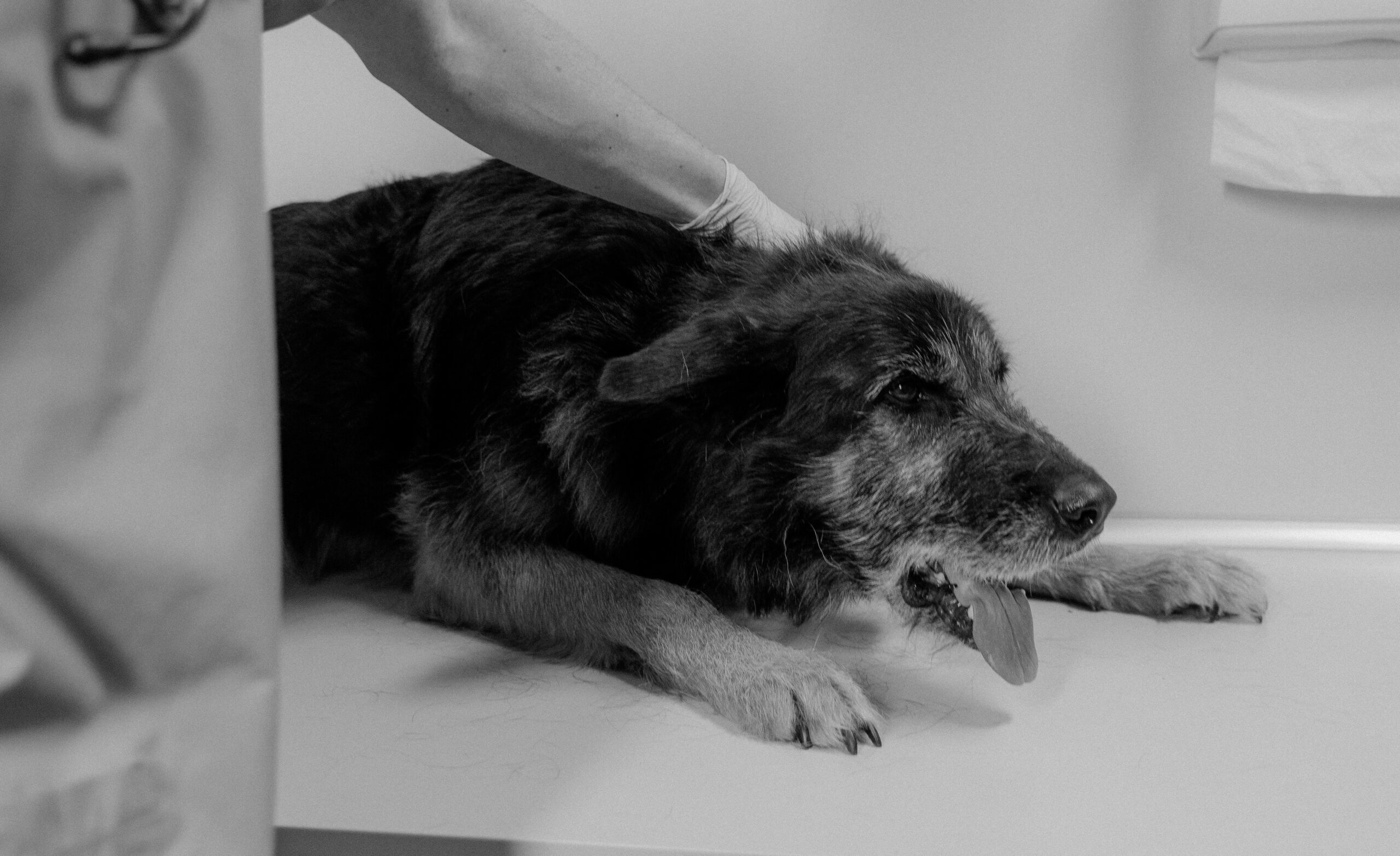Preventing Pet Heatstroke: Tips for Keeping Your Furry Friend Safe
As pet owners, we want to ensure that our furry friends are always healthy and happy. While we may think that we are taking good care of our pets, there are some things that we may overlook, such as the risk of heatstroke. Heatstroke can be dangerous for pet if not taken any measures to prevent it, especially during hot summer months.
In this article, we will discuss how you can prevent pet heatstroke and keep your furry friend safe.
- Stay Hydrated: Just like humans, pets need to stay hydrated, especially during hot weather. Make sure that your pet has access to plenty of fresh water. Carry a water bottle and a collapsible bowl with you when you go out with your pet.
- Avoid the Hottest Part of the Day: Avoid taking your pet for a walk during the hottest part of the day. Early morning and late afternoon are the best times for outdoor activities. If you need to take your pet out during the day, make sure to keep them in the shade.
- Provide Shade: If your pet spends time outside, make sure they have access to a shaded area. A covered patio or a tree can provide enough shade to keep your pet cool. You can also set up a doghouse in the shade.
- Avoid Hot Cars: Never leave your pet in a car, even for a few minutes. Cars can quickly become hot, even with the windows cracked open. If you need to run errands, leave your pet at home where it is cool.
- Keep Your Home Cool: If your pet stays indoors, make sure your home is cool enough. Use air conditioning or fans to keep the temperature down. Keep your pet’s water bowl in a cool area of your home.
- Watch for Signs of Heatstroke: Know the signs of heatstroke in pets, such as panting, drooling, vomiting, and lethargy. If you notice any of these signs, move your pet to a cooler area and provide fresh water. If the symptoms persist, seek veterinary care immediately.
- Be Mindful of Exercise: While exercise is important for pets, avoid strenuous activities during hot weather. Instead, opt for gentle activities such as swimming or short walks. Always keep a close eye on your pet’s behavior and adjust activities accordingly.
In conclusion, preventing pet heatstroke requires taking proactive measures to keep your furry friend safe. By following these tips, you can help your pet stay cool and healthy during hot weather. Remember to stay hydrated, avoid the hottest part of the day, provide shade, avoid hot cars, keep your home cool, watch for signs of heatstroke, and be mindful of exercise.










